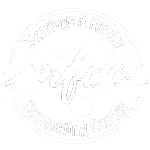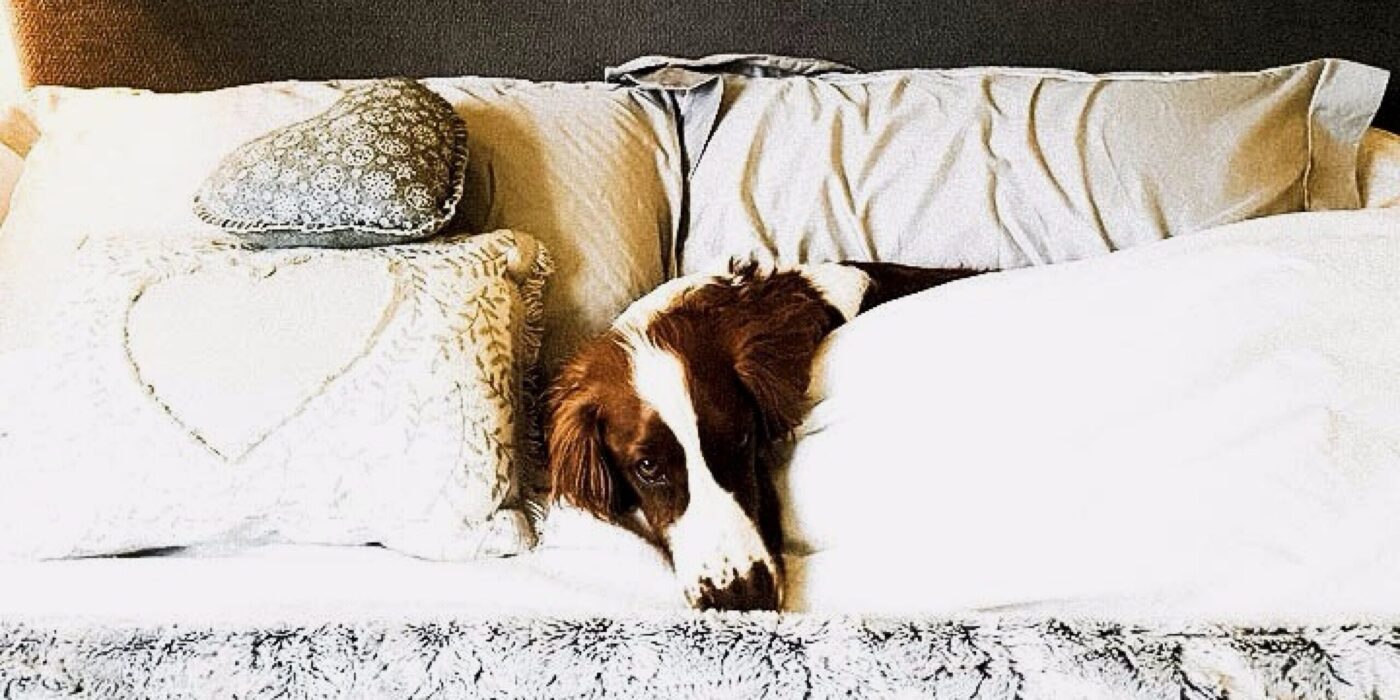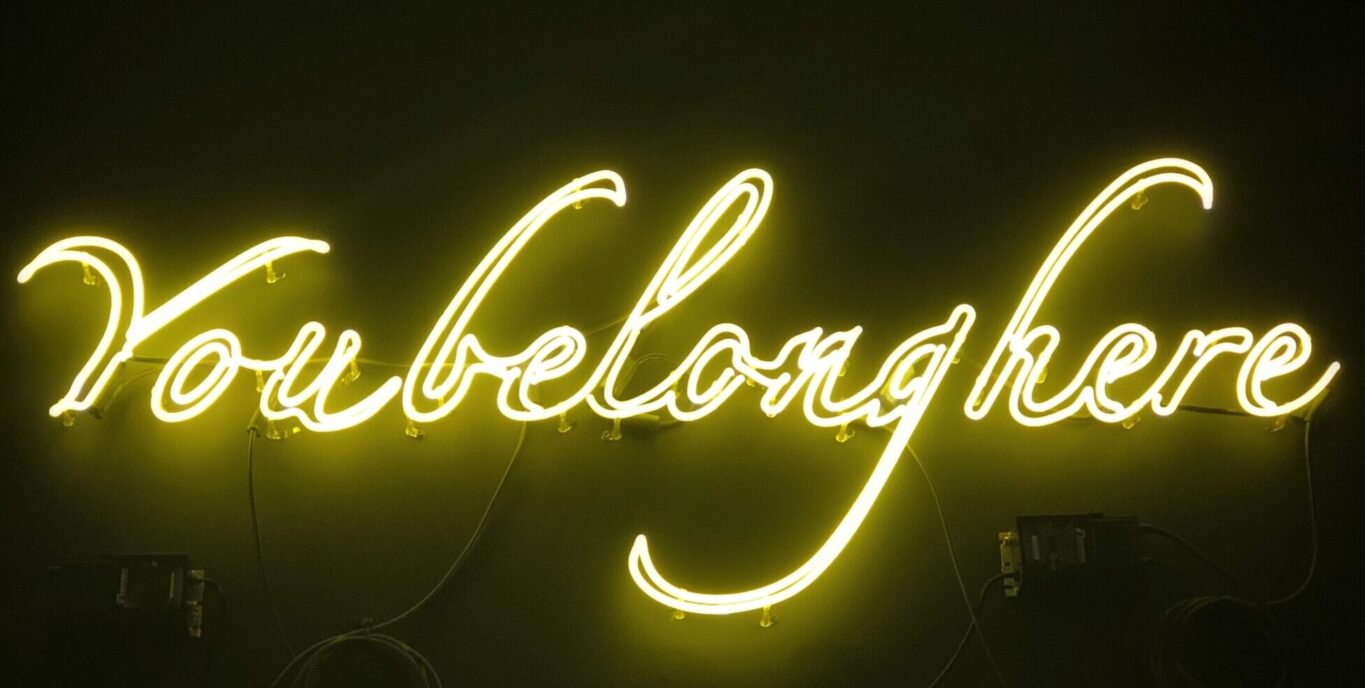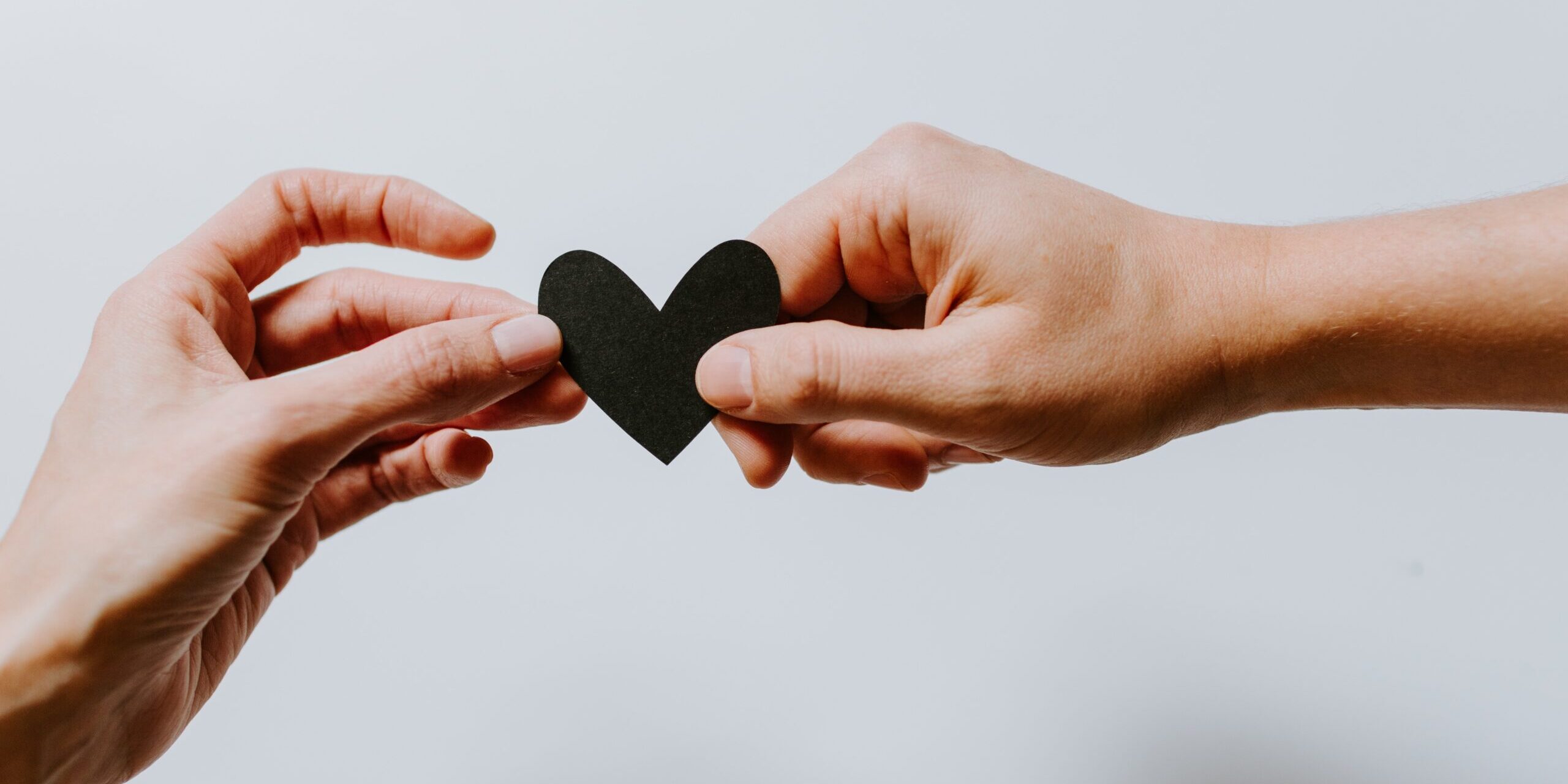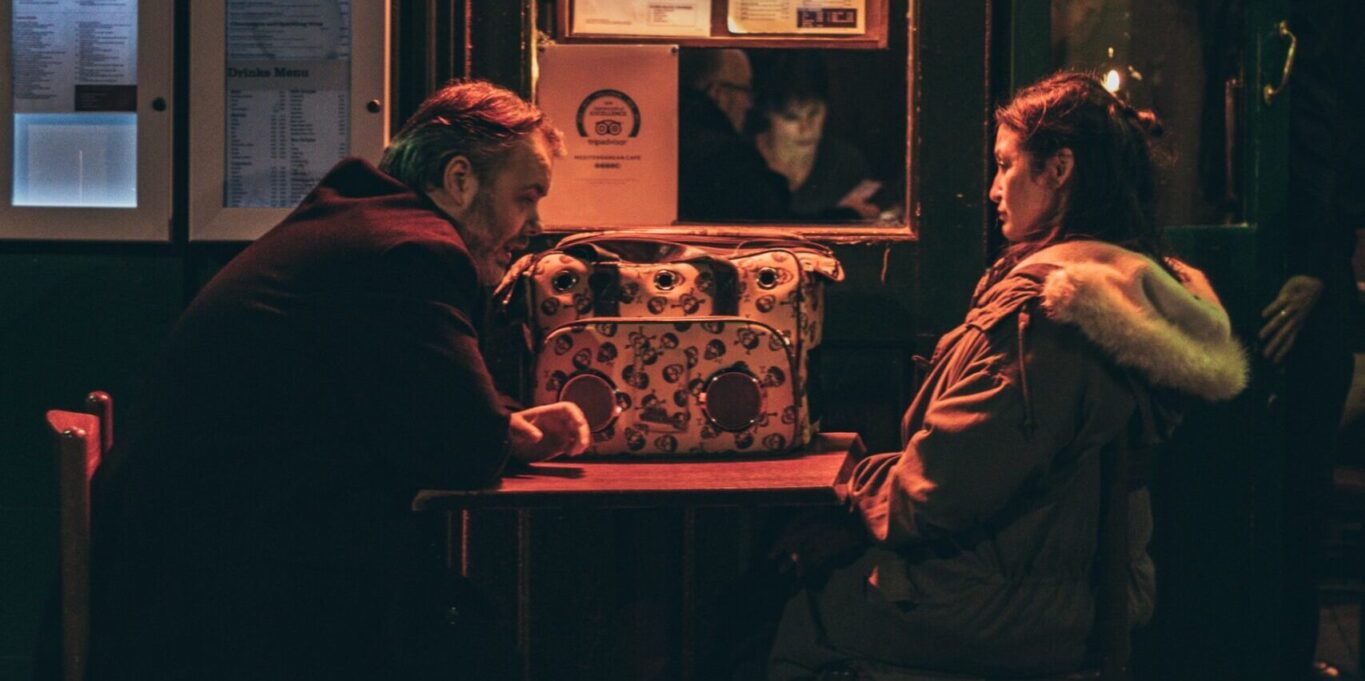If you’re like many other individuals and families around the world who have been affected by COVID-19 quarantines, your sense of normalcy and life-as-you-knew-it has likely been upended. Routines that worked like clockwork, structure that created a sense of normalcy, and even the predictability of going to work and school have momentarily ceased. In a time where many things are unknown and tension is high, being intentional about mental health and well-being is more crucial than ever.
Change Is Hard
Over the past few weeks things have been changing at an increasing rate of speed around our world and our communities. It’s been easy to succumb to the negative aspects of forced quarantine and the search for happiness and peace have seemed more elusive. Let’s face it, having our lives change so quickly has not been easy for any of us. Children are missing their routines, friends and the ability to play as normal. Parents are missing the structure of routine, social connection and perhaps even the luxury of a paycheck. Small businesses are reeling from having to shut their doors to the public, or significantly alter their normal methods of conducting business.
What if focusing on mental health and well-being during this time took a more creative, wholesome and all-encompassing approach than maybe it has before? What if we looked for natural and meaningful ways to address stress in our own homes amid so much change? What if we approached each new day with the search for a new way to boost mental health? Or, what if we embraced the opportunity to foster a slow-down, even if forced and unwelcome?
Calm in Chaos
If you’re like me, you’re likely craving a bit of calm in the midst of what feels like chaos. There’s no better place to start than making sure your home is cozy, comfortable and conducive to great self-care. Over the past few days I found myself wondering what it would be like to think of our new found time (yes, forced quarantine) as an opportunity to infuse aspects of Hygge into our new normal? There are plenty of fears, unknowns about the future, and scary parts of COVID-19. I’m not suggesting we completely ignore the reality we are living in, but it seems like more than ever we are in need of comfort, of calm, and of a simple way to better cope with the fear that surrounds.
Like many of us, you may have been gearing up for Spring sports seasons, planning high-school or college graduations, or dreaming of your Spring Break getaway. Maybe you were simply excited about the increased sunlight and warmer temperatures. Maybe those activities and plans are now on hold, but that doesn’t mean you can’t create your own getaway. Take advantage of the pause of planning, dreaming and scheduling, and focus on improving your personal well-being. With a few simple shifts in perspective and a little intentional focus, you can boost your mental health, reduce stress and find calm amidst the chaos.
Hygge?!?
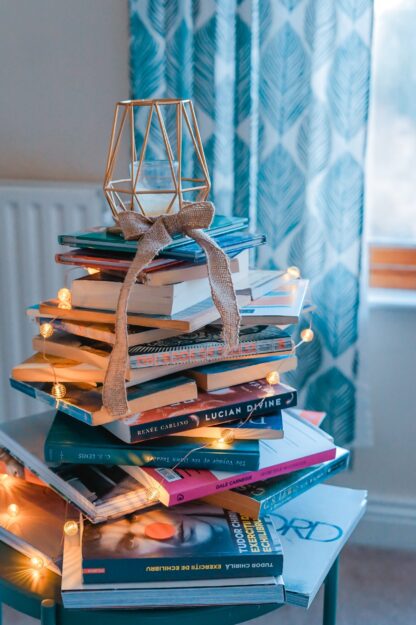 Are you familiar with the concept of Hygge? It’s not a new concept, but how the Danish or Scandinavian describe their way of life. It’s a concept of creating intentional well-being, happiness in everyday life, and celebrating the simple things in life. Hygge (pronounced hoo-GAH) is a way of crafting a home environment that conveys a feeling of being cozy, comfortable and calm, of focusing on togetherness and comfort, and choosing to appreciate your home, your loved ones and create your own personal sanctuary.
Are you familiar with the concept of Hygge? It’s not a new concept, but how the Danish or Scandinavian describe their way of life. It’s a concept of creating intentional well-being, happiness in everyday life, and celebrating the simple things in life. Hygge (pronounced hoo-GAH) is a way of crafting a home environment that conveys a feeling of being cozy, comfortable and calm, of focusing on togetherness and comfort, and choosing to appreciate your home, your loved ones and create your own personal sanctuary.
Admittedly, for some of us it seems more natural to expect and implement moments of Hygge during the winter or Christmas Break when the cold and snowy winters almost force a momentary pause. But if you think about it, the things that describe Hygge are not just things or concepts that should be relegated to winter or snow or a time of year. In reality, they should be aspects that are present in every-day life. Meik Wiking, the author of The Little Book of Hygge: Danish Secrets To Happy Living, and CEO of the Happiness Research Institute in Copenhagen, said that Hygge can be defined as “the art of creating intimacy,” “coziness of the soul,” and even, “cocoa by candlelight.” He explains that you know hygge when you feel it, but that some of the key ingredients are togetherness, relaxation, indulgence, presence, and comfort. “The true essence of hygge is the pursuit of everyday happiness and it’s basically like a hug, just without the physical touch,” he says. The idea of a hug without the physical touch seems applicable right!?
Perhaps you are already a master at making your life and home cozy, comfortable and calm. While it sounds dreamy and ideal to have the everyday feel like Hygge, the reality is that most of us don’t make this practice foremost in our daily lives. As I type this, I can almost hear those of you with kids at home saying, there is no way this would actually work right now, given that your kids are home with no escape…for you or them! I hear you. I really do! I’m reminded of the difficulty of having kids home while trying to work, even as I type this out. I have 2 teenagers and a 3-year-old who are stuck at home. They’re incredibly disappointed to be missing track and soccer seasons, time with friends, the rituals of school, sports practices and music lessons. And, they’re not always excited about being the on-call babysitters while dad and I try to work from home. The little one thrives on routines, which have almost completely gone out the window during the stay-at-home order and is not excited about missing school (aka his ‘work!’) None of this is easy on anyone and finding a sense of stability and calm can feel elusive.
How to Hygge
So how do you foster elements of Hygge when you have children at home? According to Caroline Guntur, Hygge is a “general state of mind towards how you embrace life.” Striving to create a sustainable sense of comfort, calm the chaos and the fear of the unknown, and creating a sense of togetherness while finding a new sense of structure will go a long way in helping your kids feel more secure and less anxious during this time of uncertainty.
How could you choose to create a sense of calm in your home today?
How could you embrace togetherness in your home this week?
How could you enjoy the small things that might often be thought of as luxuries or put off until ‘the right time?’
How could you embrace the messy and the chaos and choose to enjoy the aspects that you can control?
As I thought over the past week about the new norm we are all living and contemplated how the concept of Hygge might be just what we all need right now, I found myself thinking through all the ways I create a sense of comfort and cozy in my daily routine, both before COVID-19 and currently while working from home. Often I can be found cozying up with a blanket, or wrapping up with a favorite sweater, and shuffling around in comfortable house shoes. I have a favorite coffee mug, one at the office and one at home. I find myself comforted by the texture and the warmth of my favorite blue mug, and instantly grounded by the smell of coffee (no pun intended!) or tea wafting from the same mug. For better or worse, that mug is almost always found in my hand!
I noticed that my kids also have things and rituals that are ways of practicing Hygge too. The oldest kids have a favorite nook in the house that you can often find them curled up in, reading a book or playing a game on their tablets or phones (yes, there’s been a whole lot more electronic time than normal around here lately!). My daughter fancies a cup of hot tea at certain points in the day, has a self-care routine that makes my own look pathetic, and flies through stacks of books like it’s her job. My son enjoys physical exercise as a means to boost well-being and is his happiest when engaging in running, basketball or some other physical exertion. He is also quite the avid reader as well and also enjoys getting lost in a good book. When life gets particularly overwhelming we find that homemade chocolate chip cookies are a needed commodity to have on hand, and the making of the cookies is a great stress relieving activity.
Practicing Presence, Comfort and Calm
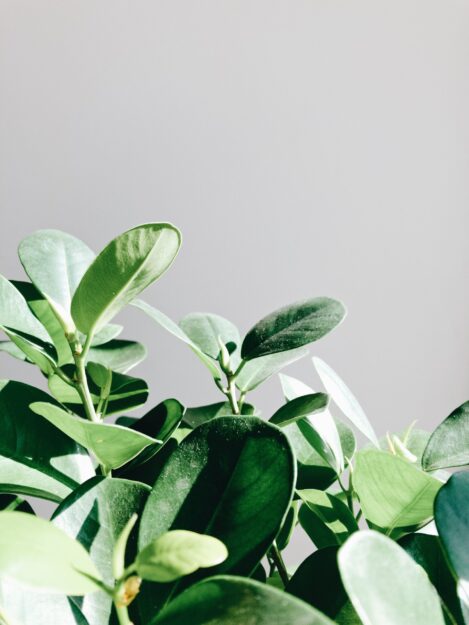
I have a hunch that many of you already have similar things that you find comforting as well. To be honest, I’m not sure I’d have categorized them as practicing Hygge…at least not until now. But in an effort to embrace a new norm and living in my home more hours a day that I have in many years, I’m choosing to seek Hygge, or togetherness, calm, and reducing stress.
If you’re looking for a new or better way to look at living in your own space, or if you’re looking at creating a deeper sense of overall well-being, or focusing on improving your mental health, consider adopting the concept of Hygge into your everyday life. If you’ve found yourself stressed, over-worked, anxious, depressed or even lonely, what would shifting the focus of your daily routine to better self-care do for you? When we choose to create a home environment that allows for slowing down, taking deeper breaths and simply relaxing, we invite a sense of calm. Much like Hygge encourages relishing the time together with family, being more present and enjoying the comfort of your home I encourage you to do the same during this uninvited but perhaps much needed time at home. We can choose to be distracted and annoyed at the time we are spending at home, or we can choose to be grateful and seek moments of happiness. At the very least, the practice of infusing daily life with elements of Hygge carries great promise that you’ll find your anxiety lessened and your mood improved.
How Do You Hygge?
- What makes your home feel comfortable?
- What makes your space feel a sense of calm?
- Consider writing down the things, places and routines that provide a sense of Hygge for you and your family.
Check back later this week for 10 Ways You Can Embrace Hygge In Your Home During COVID-19!
Ready to start your therapy journey? Schedule your individual, couple, family or child session now!
Join one of our monthly newsletters to keep up with upcoming events, important information about MFCC, mental health and wellness tips. Choose from our general newsletter or topics specific to couples and relationships, family and parenting, or spiritual abuse and religious trauma.
We promise not to spam or pass out your information to anyone. And of course, you are always welcome to unsubscribe at any time.
